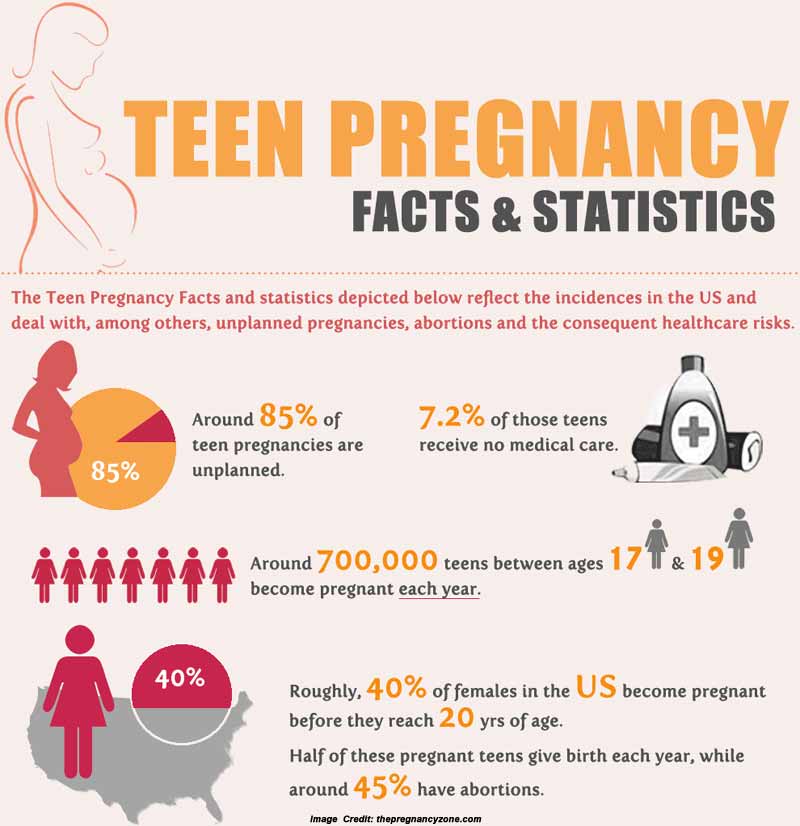
Teen Pregnancy Facts and Statistics
Teen pregnancy, defined as pregnancy in a female aged 15-19 years, remains a significant public health concern in the United States. Despite a decline in rates over the past few decades, the United States still has one of the highest teen pregnancy rates among developed countries.
Prevalence and Trends
- In 2020, the teen birth rate in the United States was 17.4 births per 1,000 females aged 15-19 years.
- This rate has declined by 75% since its peak in 1991, but it remains higher than in most other developed countries.
- The decline in teen pregnancy rates has been attributed to factors such as increased access to contraception, improved sex education, and delayed sexual initiation.
Risk Factors
- Socioeconomic factors: Teenagers from low-income families, those living in poverty, and those with less education are at higher risk of pregnancy.
- Lack of access to healthcare: Teens who lack access to comprehensive healthcare, including contraception and reproductive health services, are more likely to become pregnant.
- Peer pressure: Teens who have friends or family members who have been pregnant are more likely to become pregnant themselves.
- Mental health issues: Teens with depression, anxiety, or other mental health conditions are at increased risk of pregnancy.
- Substance abuse: Teens who use alcohol or drugs are more likely to engage in risky sexual behavior, which can lead to pregnancy.
Consequences
- Health risks: Teen mothers and their babies face increased health risks, including premature birth, low birth weight, and developmental delays.
- Educational attainment: Teen mothers are less likely to complete high school and college, which can limit their future economic opportunities.
- Economic consequences: Teen pregnancy can lead to increased poverty and reliance on government assistance.
- Social stigma: Teen mothers often face social stigma and discrimination, which can affect their self-esteem and well-being.
Prevention
- Comprehensive sex education: Providing teens with accurate and age-appropriate information about sexual health, contraception, and pregnancy prevention is essential.
- Access to contraception: Ensuring that teens have access to affordable and effective contraception is crucial for preventing unplanned pregnancies.
- Youth development programs: Programs that provide teens with support, mentorship, and opportunities for personal growth can help reduce risk factors for teen pregnancy.
- Parental involvement: Parents play a vital role in supporting their teens and providing guidance on sexual health and pregnancy prevention.
- Community-based initiatives: Community-based programs that address the social and economic factors that contribute to teen pregnancy can be effective in reducing rates.
Conclusion
Teen pregnancy remains a complex issue with significant consequences for both the teenage mother and her child. By addressing the risk factors, providing comprehensive prevention programs, and supporting teens, we can work towards reducing teen pregnancy rates and improving the health and well-being of our youth.